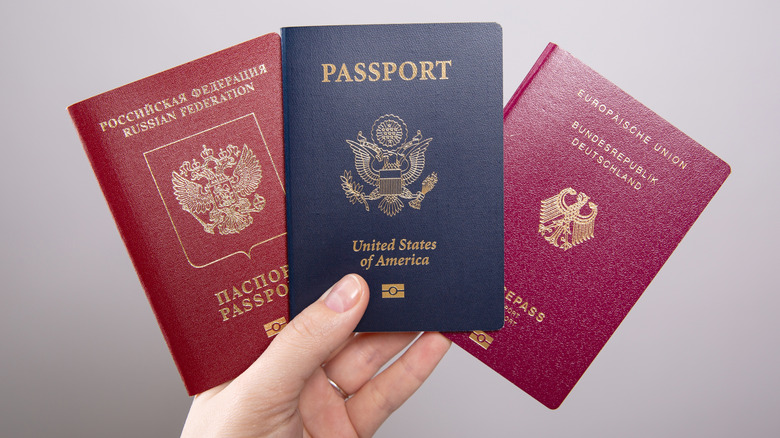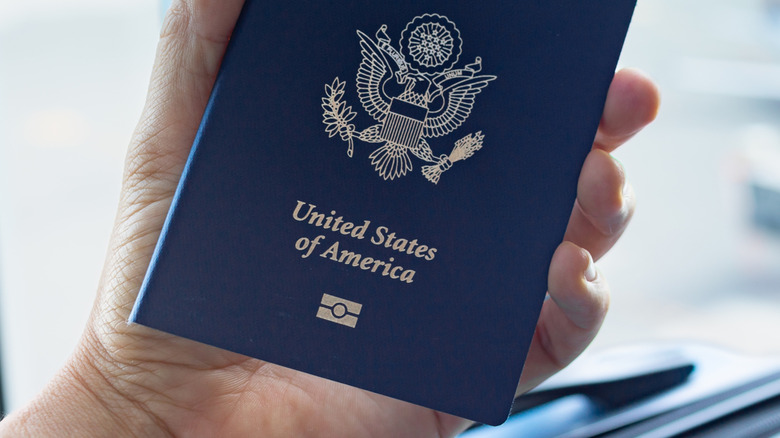The e-Passport (also known as a biometric passport) was first introduced in 2005 and is now used by over 100 countries, including the US, UK, Canada, Germany, and many others. It is much like the traditional passport book you’re familiar with, but with an electronic chip embedded in the cover. This chip holds information, such as the passport holder’s name, date of birth, gender, issue and expiration dates, and a digital photo of the passport bearer. Simply put, the chip holds all the information on the personal details page of your passport in digital format.
Advertisement
Having this chip inside passports offers several advantages. For example, it makes the passport highly secure and reliable. The chip also includes security features that prevent unauthorized skimming of data, so there’s no risk of identity theft. Finally, e-Passport are also difficult to temper with, which reduces the risk of fraud.
e-Passports also speed up border crossing, as it allows machines to quickly scan your passport data and use facial recognition to match it with your appearance. If you already have a passport but are unsure about if it has a chip, it’s quite easy to tell.
How to identify an e-Passport?
The standards for e-Passports are not set by individual countries, but by the International Civil Aviation Organization (ICAO). You can easily identify an e-Passport by looking at its front cover. All e-Passports feature a tiny, camera-like symbol defined by ICAO. Although e-Passports also contain a physical chip embedded inside the cover, it is so small that you won’t notice any visible bumps.
Advertisement
In the US, all passports issued since August 2007 are e-Passports. Similarly, other countries have been issuing e-Passports for years now. So, unless your passport is fairly old, it is likely an e-Passport. Even if it isn’t, your passport is still valid until the expiration date printed on it, so you don’t need to worry. When you renew your passport, you should get an e-Passport with the chip.
When traveling abroad, you must confirm if the country you’re visiting accepts non-electronic passports. For instance, if you are a UK national traveling to the US using the Visa Waiver Program, you must have an e-Passport to enter the country.








